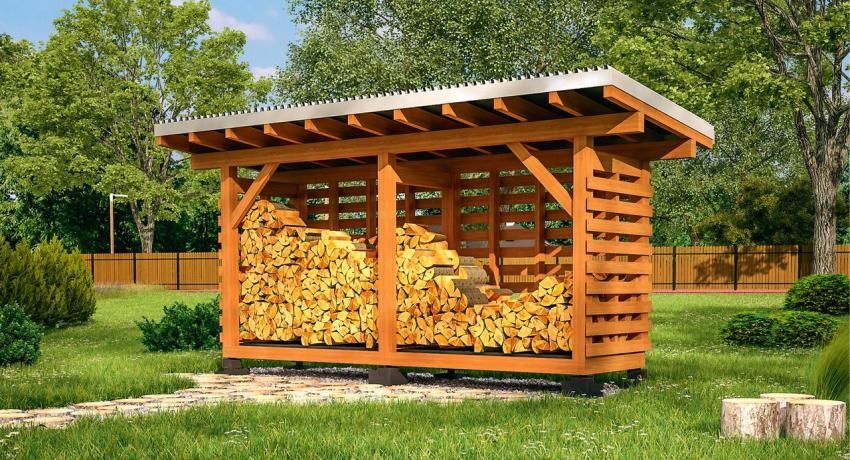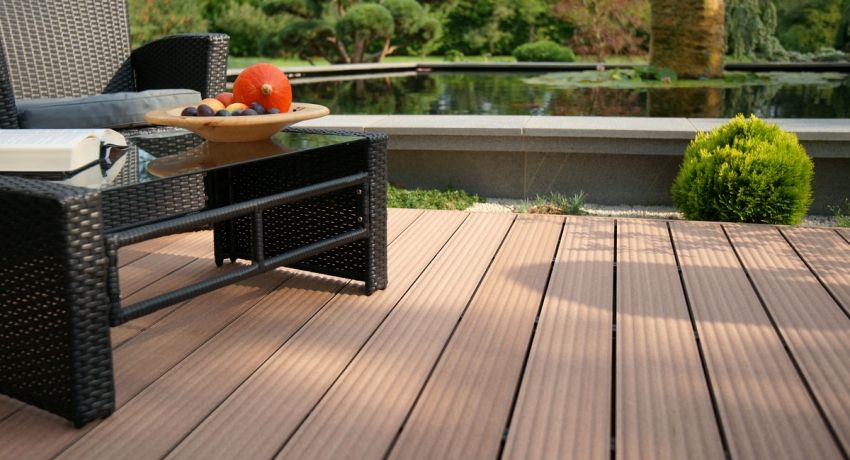Getting a full harvest – the main task of gardeners, professionals and amateurs. They put a lot of effort, but the result, unfortunately, does not always satisfy. The desire to completely abandon the use of chemistry in crop production and grow good harvests was a real opportunity to materialize: a new kind of covering film of polymer appeared. Spunbond: what it is and how to properly apply it – the answers to these questions can be found in the content of the proposed article.
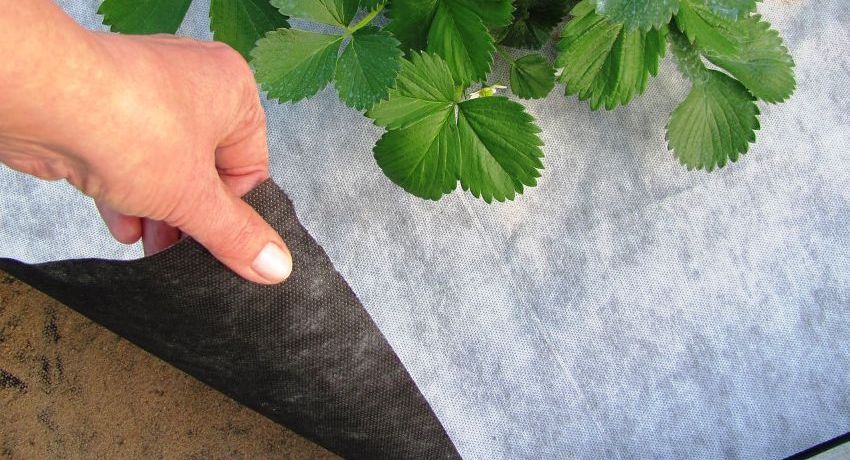
The main purpose of covering materials for plants
Features of the climatic zones have long been studied. The necessary cultivation of the soil is carried out, certain types of crops are planted. But more and more often not only in supermarkets where goods are imported from various southern countries, but also in the market stalls in early spring you can buy greens, fresh cucumbers, radishes, tomatoes and even peppers.
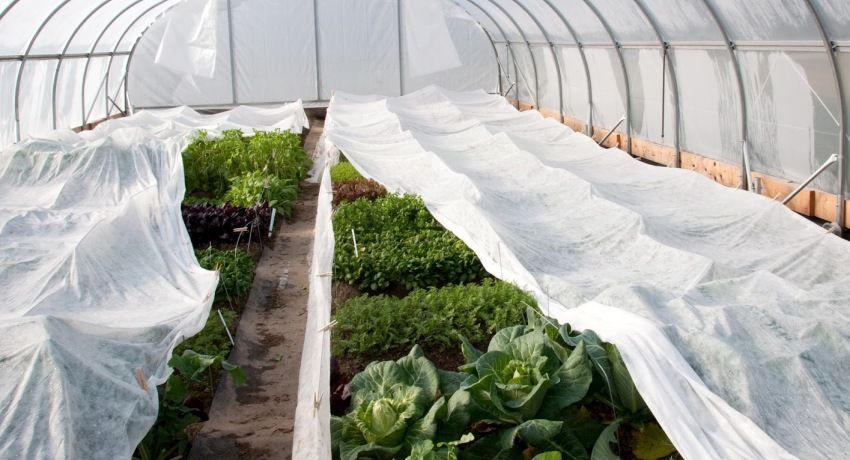
Early ripening is achieved in a single way – by creating for plants such temperature conditions under which they will be able to fully develop in earlier periods. For this purpose greenhouse conditions are created. And here the main component will be covering material. You can cover the soil so that it warms up and does not lose heat, as well as the seedlings themselves, seedlings, shoots.
Until recently, the function of covering cloth was performed almost exclusively by plastic film. It protects from frost, drying out winds, preserves the microclimate for a certain time, but does not let moisture in at all, prevents the full penetration of natural light and weakly protects plants from exposure to ultraviolet radiation. Being in direct sunlight for a long time, the polyethylene film becomes cloudy. The term of use of such material is limited to one season.
A new type of covering material appeared, which was called the “spunbond”. In comparison with the film, it is more effective for creating a favorable microclimate for plants. The material obtained from thin strands isolated from polypropylene and connected by a thermal method is what spunbond is. The name comes from the name of the fabric production technology. The main features of the polymer used made it possible to actively and effectively use spunbond nonwoven material not only in small household farms and in summer cottages, but also for growing many crops on an industrial scale.
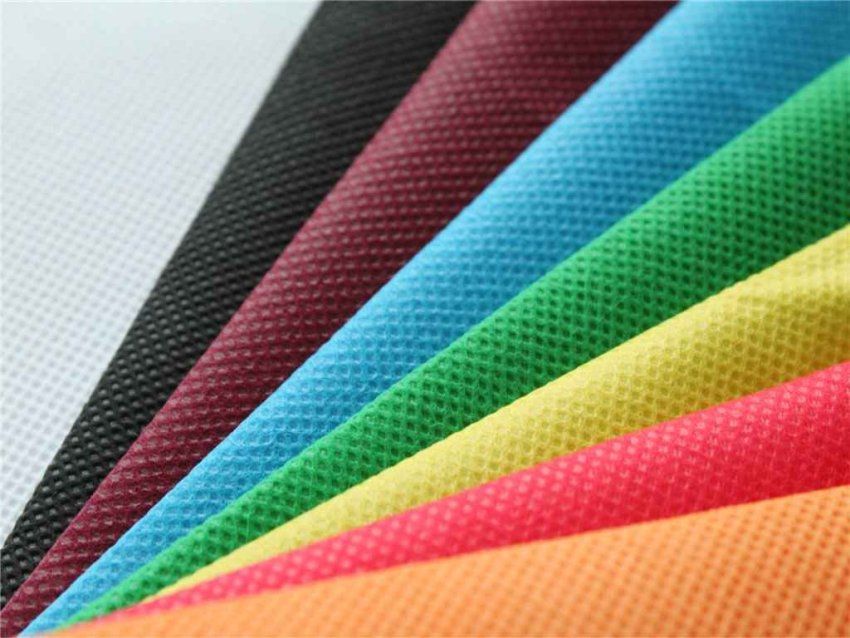
Main technical characteristics of covering material spunbond:
- high degree of wear resistance;
- withstands prolonged exposure to high temperatures;
- resistant to moisture;
- amenable to staining;
- has a wide range of density.
According to its functional orientation, this polymeric material can be divided into two types:
- stimulating the development of plants through optimal light and moisture permeability and protection against low temperatures;
- protects the soil by regulating water and air regimes in the upper layers (mulching).
Helpful advice! Before acquiring a spunbond, you need to decide what goals are being set: soil safety or plant protection. The simultaneous use of two types of this covering material on one land plot is undesirable because the water balance is disturbed.
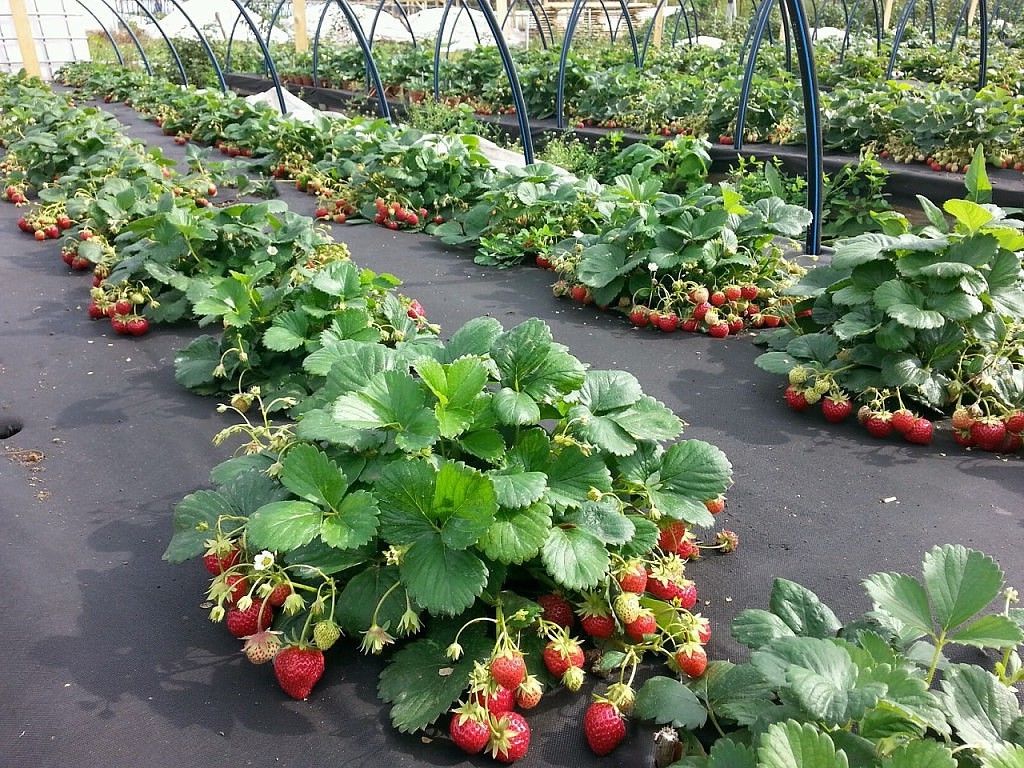
Depending on the purpose, the agrofibre is available in white and black. Density of a spanbond varies from 15 to 160 g / m ?.
White agrofibre differs in density, and hence in the purposes of use. The thinnest appearance has a density of 17 g / m ?. This material can protect seedlings or seedlings from temperatures lowered to -2 ° C. It protects from excessive ultraviolet radiation, contributes to the preservation of moisture in the top layer of soil, covers it from the wind, from damaging sprouts by insects and birds.
The main advantages of this material:
- easy, under its weight the plants do not break;
- well passes water, at watering there is no need to clean it;
- provides good air exchange, condensate under it does not accumulate;
- easy to fold and fold.
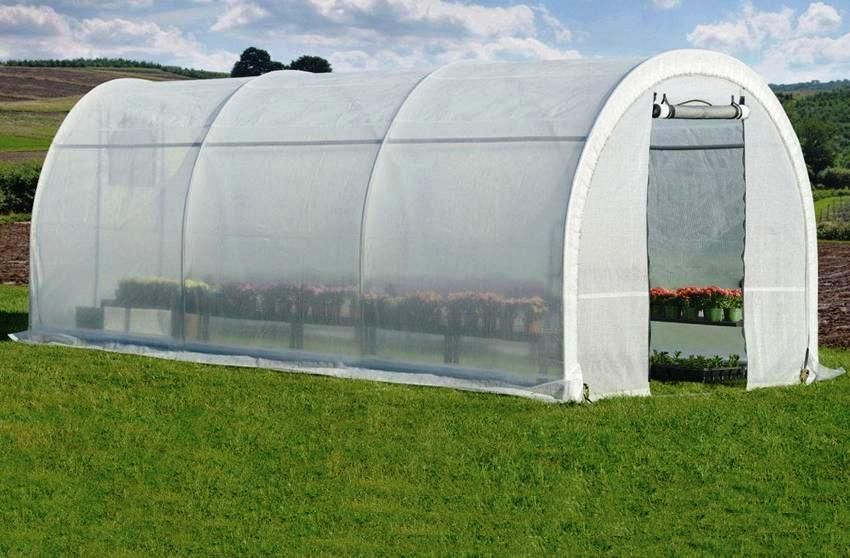
The use of low density spunbond is advisable when growing early vegetables, seedlings of flowers and other garden crops. After planting, the material must be spread directly on the site above and secure the edges or sprinkle them on the ground.
Helpful advice! You should not pierce the material with sharp objects with uneven surfaces, so as not to damage the canvas. It is better to use a smooth mount in the form of staples.
The agrofibre having a density of 23 g / m? Protects crops from frosts to -5 ° C. Sunlight passes in the optimal amount. Prevents excessive penetration of moisture.
The main advantages of this material:
- denser and more durable in use than agrofibre with a density of 17 g / m ?;
- the ability to retain water eliminates the possibility of plant rot;
- does not limit breathability.
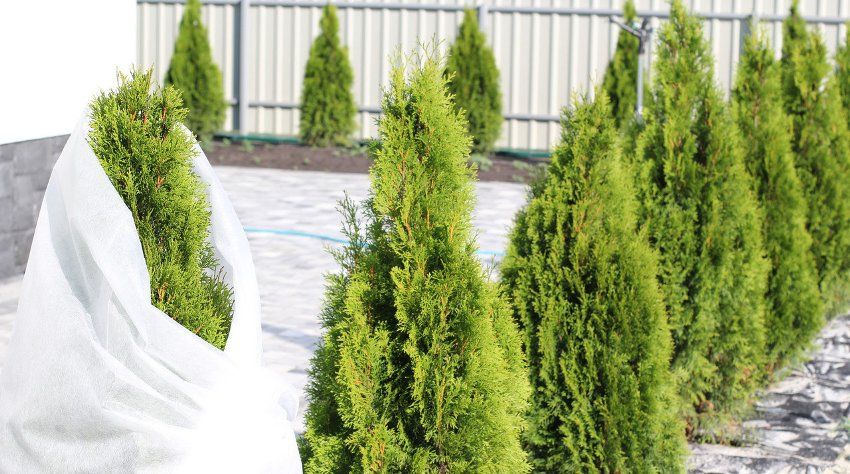
Besides the fact that this agrofibre is used in the spring to protect plants from adverse weather conditions, and in the summer to maintain moisture and protect against ultraviolet radiation, this covering material is suitable for extending the vegetation of plants in the fall. Not recommended for overlay on frames.
Agrofibre with a density of 30 g / m? can protect against lowering the temperature to -7 ° C. This canvas allows you to plant seedlings in open ground much ahead of time.
The main advantages of this material:
- despite considerable density, does not reduce the degree of penetration of sunlight and air currents;
- can be spread on the ground, as well as making greenhouses of small sizes;
- maintains a significant layer of snow – up to 5 cm.
In addition to the traditional use (spreading on the ground), this material is convenient for hiding seedlings of heat-loving trees in winter.
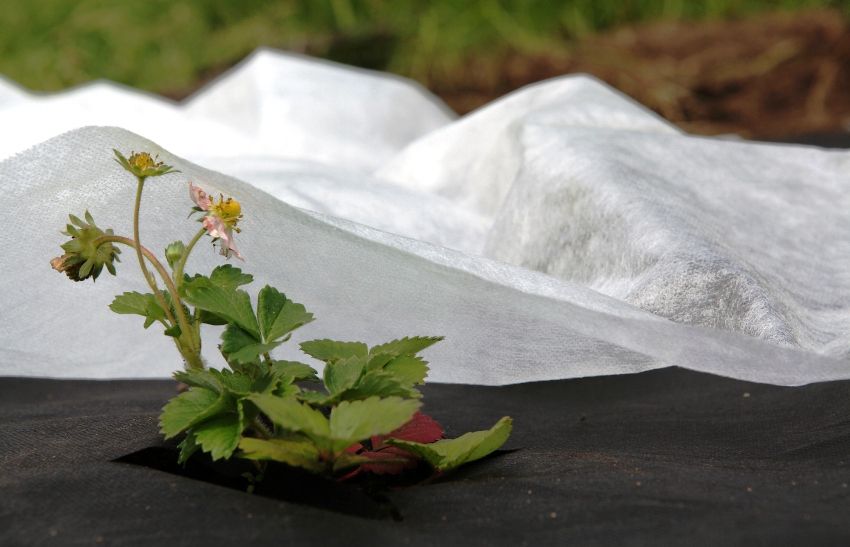
Agrofibre with a density of 50 g / m? allows plants to withstand a short temperature drop to -10 ° C. Creates a greenhouse effect.
The main advantages of this material:
- ensuring accelerated warming up of the soil;
- maintaining a high temperature inside the greenhouse for a long time;
- the possibility of very early planting (at the first appearance of spring sunlight) seedlings in open ground;
- durability of use.
The material is recommended for creating greenhouses.
Black covering material creates a favorable microclimate of plant parts in the soil. It has a high density – 150 g / m ?. It is moisture permeable, so there is no need to clean it during watering. Does not pass a sunlight, thereby keeping moisture in the soil.

The use of black spunbond reliably protects the roots of seedlings in winter, allowing them to withstand temperatures up to -8 ° C. It protects against weeds, saving time and effort spent on weeding. It protects fruits located close to the soil from contamination and rotting.
The main advantages of this material:
- wear resistance;
- lightness with significant density;
- the ability to cover the soil around the berry crops, and around significant shrubs and trees.
Helpful advice! If you need to develop a “virgin soil”, the most effective means – spunbond. Weeding requires time and effort, and herbicides will harm the soil.
Having considered different ways of using spunbond in the photo, gardeners and gardeners will be able to expand the possibilities of its use.
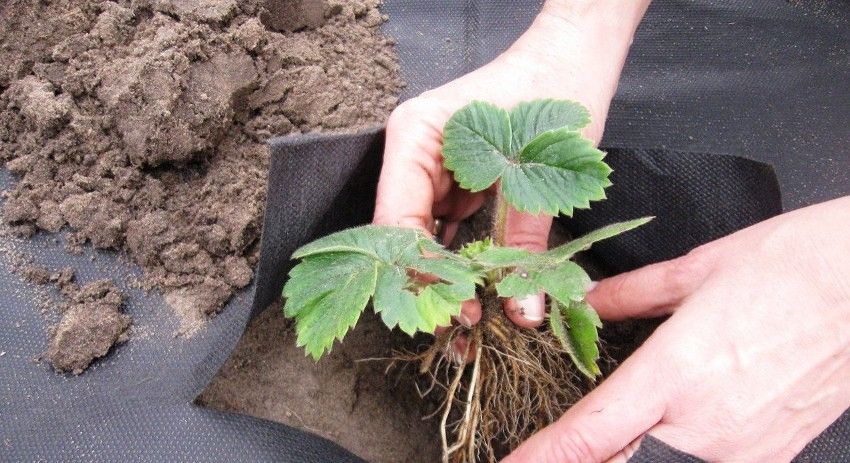
The cost of any product consists of quantitative and qualitative indicators. The cost of a spanbond per square meter most of all depends on the density: the denser the material, the higher the price. It is easy to calculate the amount of purchased covering material – the width of the spunbond is traditionally 1.6 or 3.2 m. Agromaterial is sold in rolls and packaged. Below are the prices of domestically produced goods.
You can buy black spunbond at the following cost:
| Density, g /m? | Sizes, m | Price per roll (packaging), rub. |
| 60 | 3.2×10 | 500 (pack) |
| 60 | 3.2×150 | 6.481 |
| 100 | 1,6×200 | 7.201 |
| 150 | 1.6х150 | 8.101 |
As you can see, at the highest price you can buy a black spunbond 150 g / m ?.
Variants of white covering material are characterized by the following prices:
| Density, g /m? | Sizes, m | Price per roll (packaging), rub. |
| 17 | 3.2×10 | 196 (pack) |
| thirty | 3.2×10 | 280 |
| thirty | 3,2×300 | 6.481 |
| 17 | 13.2×500 | 6.121 |
The most expensive – white spunbond 60 g / m ?.
The main foreign suppliers of agrofibre are the Italian company AGREEN and the Polish Premium Agro. Material technological, in demand. Cost, dimensions, packaging do not have significant differences from domestic goods. These manufacturers have a slightly higher (by 2-4%) price of black spunbond. Among the varieties of white covering material there is an agro-material of non-standard density (19, 22, 43 g / m?).
Helpful advice! During the seasonal decline in gardening activity, the level of sales of covering material decreases, so companies hold promotions and discounts. Spunbond is a non-perishable material, it can be purchased in advance, significantly reducing material costs.
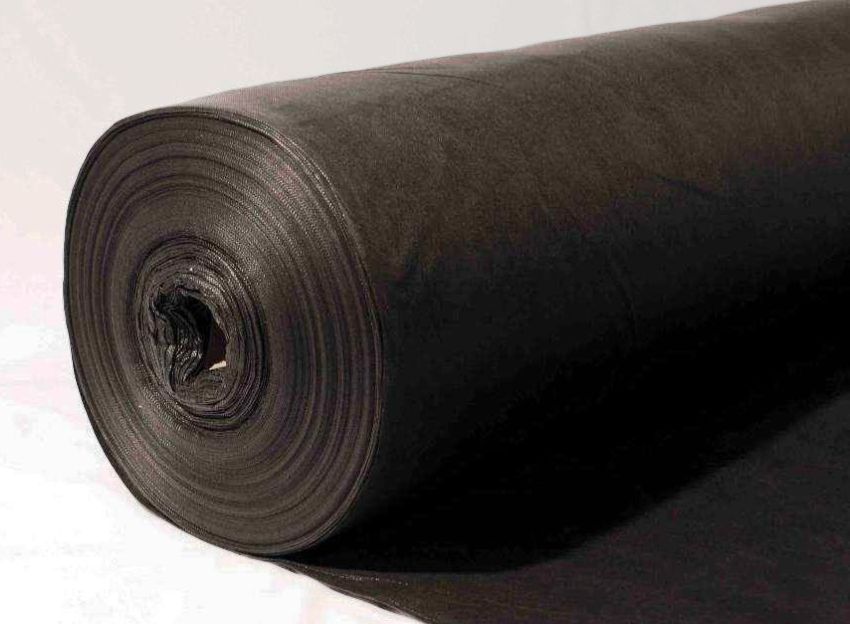
Among domestic manufacturers, Spanlab (Ivanovo) and Geomaterialy (Rostov) stand out with a wide range of products. The list of companies can be continued. It should be noted that the products are competitive and will satisfy the needs of any gardener.
The main characteristics of the spunbond put it in the category of environmentally friendly materials. It does not have any chemical effect on soil and plants, even at the highest possible daytime temperature.
Accessibility, efficiency and environmental friendliness are the main distinguishing features of a covering material manufactured according to the spunbond technology. It gives gardeners and gardeners the opportunity to increase yields, while saving physical strength and time.
